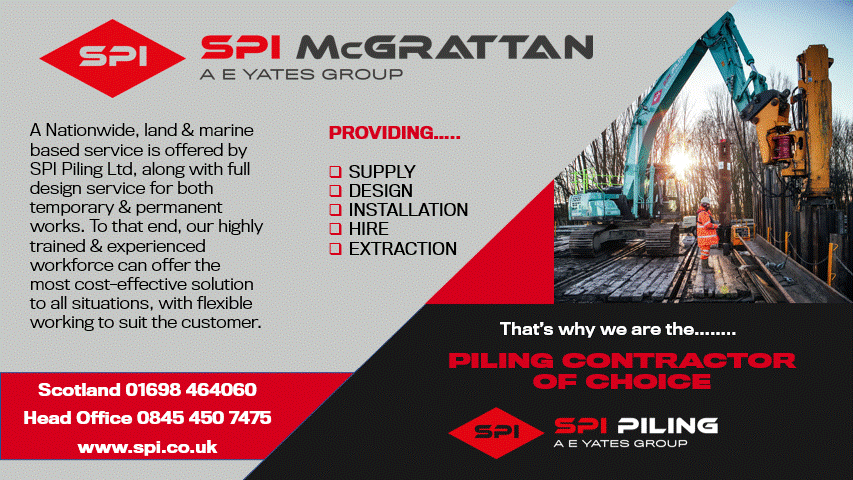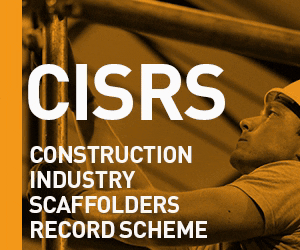Keepmoat Scotland poised for growth through brownfield regeneration
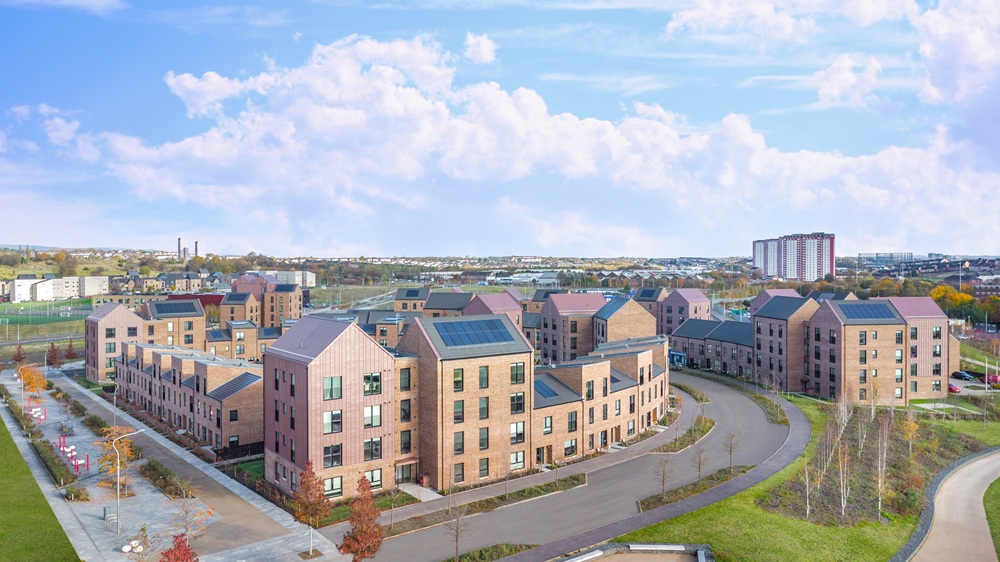
The Northbridge development at Sighthill
Since its arrival north of the border, success for Keepmoat Scotland has been to establish the company as a recognised and trusted housebuilder, but as regional managing director Tim Metcalfe tells SCN, this is only the beginning.
Having been in Scotland for a decade, Keepmoat is now implementing a structured growth strategy aimed at expanding its operations and applying its successful partnership model to the region.
“The real success is going to come in the next few years as we see significant growth in our operations,” Metcalfe states. “We’ve built a strong team with the right skills, energy, and culture, which is key to unlocking our full potential.”
The Keepmoat Partnership Model
While many may describe Keepmoat’s partnership model as simply building affordable housing alongside its delivery of private properties, Metcalfe says the model extends beyond social housing.
“It’s about long-term relationships with landowners, PRS investors, subcontractors, and councils,” Metcalfe explains. “We go beyond the minimum affordable housing requirements, providing additional homes for social tenures and mid-market rent.”
“And that’s the model that works really well for us. It’s a model that sits well with me personally, because I feel that we’re providing the housing that people really need rather than the housing that just makes the most profit.
“And it builds those long-term relationships which should help secure further opportunities going forward. So, and I really just enjoy the whole idea of working in partnership with other bodies, you feel part of something bigger and you work towards common goals and it’s just a very satisfying culture to work in.”
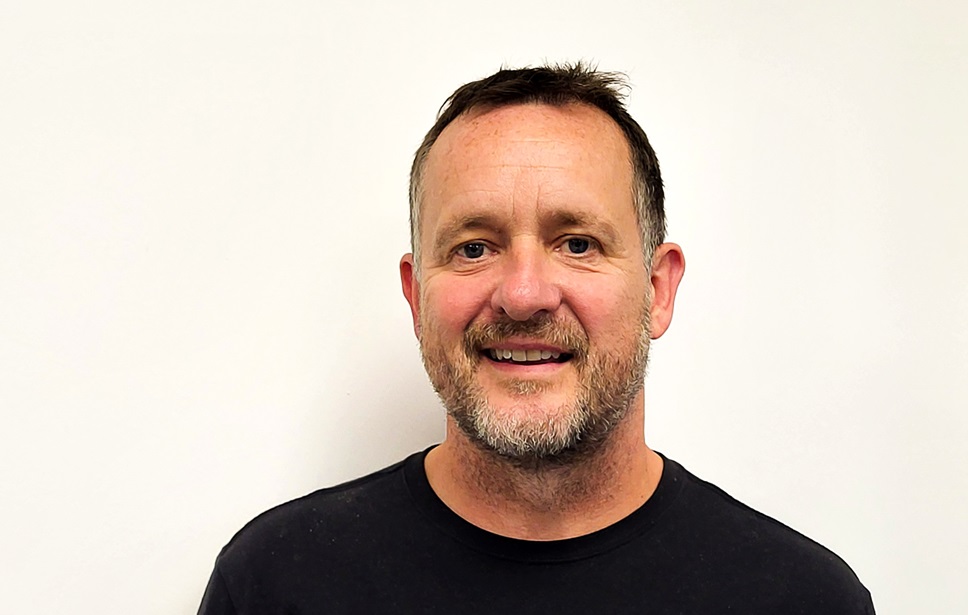
Tim Metcalfe
This approach allows Keepmoat to be agile, responding to market fluctuations and maintaining build momentum even when private sales slow. “It helps us build sites faster, improving cost efficiency and ensuring homes reach those who need them.”
Brownfield Regeneration: A Core Focus
Keepmoat Scotland’s commitment to regenerating brownfield sites aligns with the pressing need for more housing. “Almost every local authority in Scotland has declared a housing crisis. We need more homes, particularly for first-time buyers and young families,” Metcalfe explains.
Keepmoat specialises in building smaller homes to maximise land use, ensuring affordability and addressing Scotland’s housing shortage. Their developments typically feature homes under 1,000 square feet—smaller than many competitors’ offerings—but better suited to the current market demand.
A prime example of Keepmoat’s approach is Northbridge at Sighthill, Glasgow. With over 1,000 homes still to be built, the project exemplifies high-quality, well-located brownfield regeneration.
“Our first phase of 154 homes was award-winning, demonstrating demand for quality housing close to the city,” says Metcalfe. “With a 10-minute walk to George Square, thanks to a new bridge over the M8, Northbridge has been a huge success.”
Keepmoat aims to replicate this model across Glasgow and beyond, working with local authorities and registered social landlords to deliver both private and affordable homes in areas of high demand.
“While we’re very much focused on the central belt, we’ve got interests down in Ayrshire and we’ve got a site in Glenrothes,” says Metcalfe.” We would probably stretch our geography up as far as Perth and across to East Lothian.”
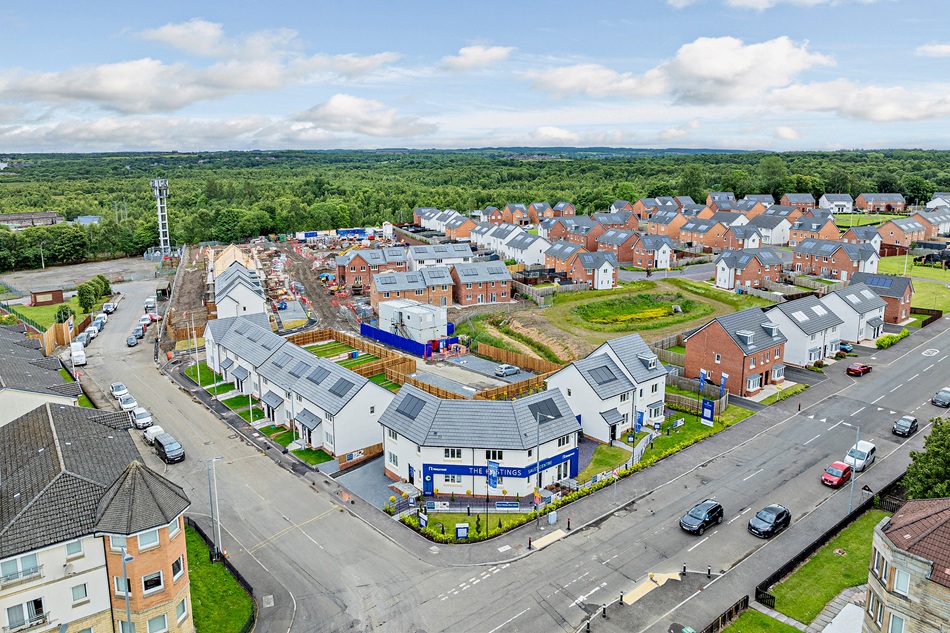
The Castings (Image credit: Keepmoat)
He added: “Once we’ve achieved a scale in that geography, we might look to potentially split it into two regions or potentially look to go further north to Dundee and Aberdeen. But generally speaking, it needs to be a geography where there’s a sizable population for it to work under our business model.
“Cause we rely on the target market where there’s a strong demand for our product. So the more rural locations don’t work as well for our business.”
Creating thriving communities is also central to Keepmoat’s ethos. “We engage with local communities throughout the planning process,” Metcalfe explains. “Our developments include apprenticeships, training facilities, school outreach programs, and charity contributions.”
Northbridge, for example, features a bricklaying training facility for college students, supporting skills development and employment. Keepmoat also employs social value managers in every region, ensuring community benefits are integrated into each project.
Overcoming Challenges in Land Supply
Scaling up a housebuilding operation in Scotland comes with its challenges, and for Keepmoat, land availability is the biggest constraint. Securing land, navigating planning approvals, and obtaining necessary consents can take years.
Metcalfe is optimistic, though. “We’re doing all the right things, and while the pipeline hasn’t yet fully materialised, the next 12 months should see a step change in our business as we bring more sites forward.”
He also calls for a more efficient planning process, particularly for non-contentious brownfield sites. “Both the UK and Scottish governments acknowledge the need for a quicker process, but we need to see this translate into real, deliverable action. That would be hugely beneficial to us as a business, but also to society because there’s a shortage of housing getting delivered, particularly on brownfield sites, which is where we like to think we specialise.”
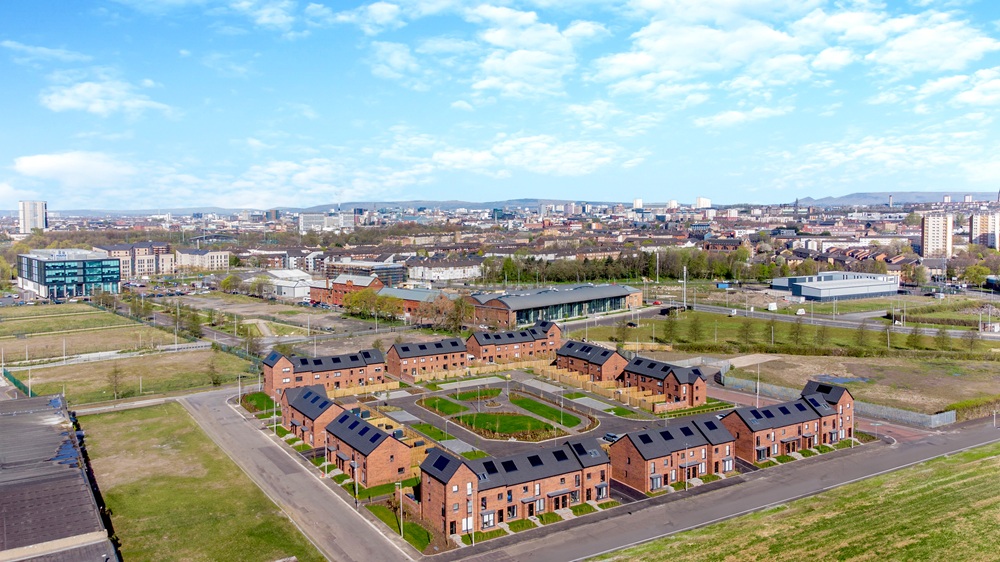
Arrolbridge (Image credit: Keepmoat)
Balancing Affordability and Sustainability
Returning to government intervention, sustainability regulations are evolving through the Heat in Buildings Bill and the proposed Passivhaus equivalent standard.
Although both pieces of legislation are far from finalised, Metcalfe welcomes the idea behind the changes.“My personal view on it is that the industry needs that regulation because otherwise there isn’t the incentive for most house builders to go and invest that extra money to meet sustainability and environmental credentials,” he asserts. “And if you didn’t have those regulations, the industry wouldn’t necessarily evolve as quickly as it needs to in that respect.”
“While there’s a cost implication, energy-efficient homes benefit customers through lower bills,” he added.
Metcalfe notes that as new technologies—such as air-source heat pumps—become mainstream, costs will continue to fall. “Legislation provides a level playing field and helps the industry transition in a structured way.”
The Future of Keepmoat Scotland
Looking ahead, Keepmoat Scotland aims to continue its growth trajectory, focusing on brownfield regeneration, sustainable building, and community-driven development. With a strong foundation and a clear vision, Keepmoat is poised to play a pivotal role in shaping Scotland’s housing future.
With a strong foundation and a clear vision, Keepmoat Scotland aims to continue its growth trajectory and is poised to play a pivotal role in shaping Scotland’s housing future.
And Metcalfe plans to be there for the long haul.
“The most important stakeholders to me in our business, and there’s a huge range of stakeholders, but the most important to me personally are our customers and our staff. I’m so focused on making sure that we’re serving those stakeholders in the right way.
“Clearly there’s other very important stakeholders as well, shareholders, et cetera, councils, subcontractors, you name it, there’s consultants, there’s all kinds of people that have a vested interest in us being successful and our journey of continual improvement. And that doesn’t just mean growth, it just means continuing to improve our product, improve our financial performance, improve the scale of the business, improve the morale of the team in the business, and improve our customer ratings. All these things are very important to me and I take huge pride in being successful in that space. That’s why we come to work, isn’t it?
“And when I see sites like Northbridge start to take shape, I’m looking forward to what that will do for that area of Glasgow once it’s complete. I want to be able to drive past it in 10 years’ time and say I played a big part in delivering something that’s so important for the city. That would be the ultimate satisfaction for me. So I hope I’m here for 10 years so I can see that happen.”










